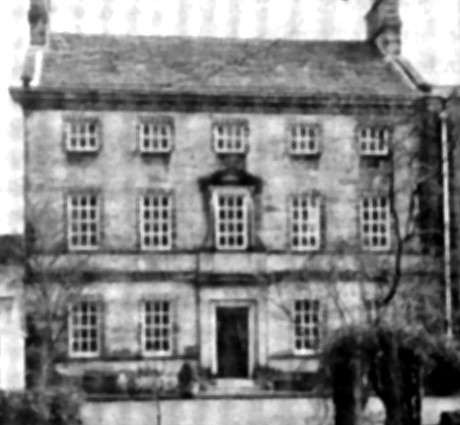

| "The tradition is that the Kings (of Northumberland) resided at Pottston (sic) where there is a farm house which we saw half a mile before we came to this place (Barwick), where there are foundations of old walls and marks of fish ponds." |
| To Mr Fretwell for two horse hides | £1 | 0 | 8 |
| To Thomas Thompson for dressing them | £0 | 16 | 0 |
| Half a hide in a piece | £0 | 16 | 0 |
| a | r | p | £ | s | d | |
| Lands in Mr Fretwell's occupation with the tanyard | 50 | 0 | 0 | 70 | 0 | 0 |
| Robert Vevers' Farm | 21 | 3 | 0 | 16 | 0 | 0 |
| Thomas Thornton's | 19 | 0 | 0 | 13 | 10 | 0 |
| John Bramley | 45 | 0 | 0 | 28 | 0 | 0 |
| Two cottages with an orchard | 4 | 10 | 0 | |||
| Totals | 135 | 3 | 0 | 132 | 0 | 0 |
| Trustees of Tadcaster Navigation | a | r | p | a | r | p |
| Raw Flatt | 5 | 1 | 20 | |||
| Cliff | 7 | 0 | 0 | |||
| New Oxclose | 4 | 3 | 0 | |||
| Ing Oxclose | 5 | 3 | 0 | |||
| Upper Long Lands | 10 | 0 | 20 | |||
| Lower Long Lands | 7 | 0 | 0 | |||
| Total (trustees) | 40 | 0 | 0 | |||
| Robert Vevers | ||||||
| Inclosed Land | 32 | 0 | 32 | |||
| John Bramley | ||||||
| Inclosed Land | 30 | 2 | 31 | |||
| Beck Field 23 lands and 1 butt | 12 | 0 | 12 | |||
| North Field 5 lands | 2 | 1 | 32 | |||
| Total (Bramley) | 45 | 0 | 35 | |||
| Thomas Thornton | ||||||
| Inclosed land | 8 | 1 | 30 | |||
| Raw Field | 3 | 3 | 30 | |||
| New Field | 0 | 1 | 19 | |||
| Beck Field | 4 | 3 | 39 | |||
| North Field | 1 | 1 | 19 | |||
| Total (Thornton) | 19 | 0 | 17 | |||
| Grand Total | 136 | 2 | 4 |
| "Sir Thomas Gascoigne (the Lord of the Manor of Barwick) has appointed and deputed Robert Denison of Potterton Lodge, Esq. to preserve the game within his manor about Potterton, Barwick, Winmoor and the Parts adjacent. Therefore this is to Desire that no unqualified Person whatsoever will hunt, course, shoot or otherwise attempt to destroy the Game within the said Manors, as they will be prosecuted with the utmost Rigour". |
| "The last ship from Bengal brings advice of the death of Robert Fretwell Esq. formerly of Potterton near Tadcaster, well known in this country for his extensive connections in trade in which meeting with a continuous series of misfortunes, about seven years ago at an advanced age, he determined to quit his native country and go to the East Indies with a fixed resolution to re-establish his family in that affluence, from which his many losses in trade had reduced them or perish in the attempt. His death is greatly lamented by his acquaintances as in him were united the tender husband, the affectionate parent, the sincere friend and agreeable companion." |